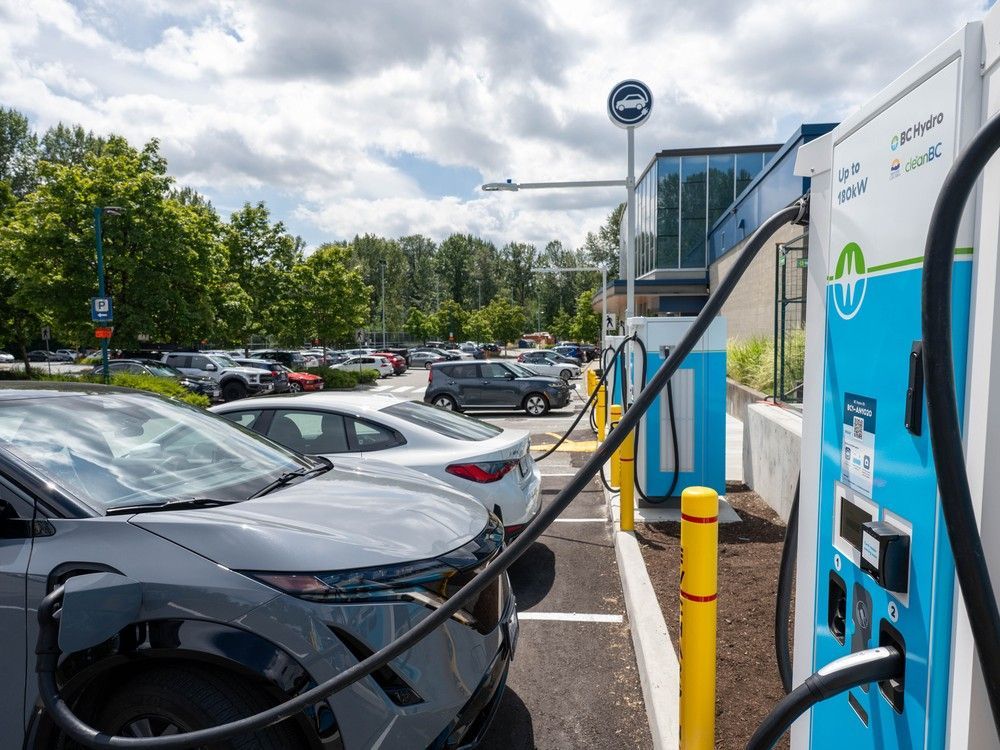Offshore wind energy, a sector with deep historical roots, faces unprecedented challenges under the Trump administration, which has enacted a series of regulatory and financial obstacles that threaten its viability. The recent stop work order on the Revolution Wind project, nearly complete and poised to deliver significant energy to Connecticut and Rhode Island, exemplifies the administration's aggressive stance. Citing vague national security concerns, the Bureau of Ocean Energy Management halted progress, while the cancellation of $679 million in funding for offshore wind infrastructure further exacerbates the situation. Experts warn that these actions could deter international investment, branding the U.S. as politically unstable and increasing the risk premium for future projects, ultimately leading to higher utility costs for consumers.
Despite the bleak outlook, there remains a glimmer of hope for the Revolution Wind project, as Equinor has pledged substantial financial support, and regional governors are advocating for the resumption of wind initiatives. However, the offshore wind sector's inherent complexities, including lengthy permitting processes and supply chain vulnerabilities, make it particularly susceptible to political shifts. The Jones Act complicates logistics by restricting the use of foreign vessels, while local opposition fueled by misinformation poses additional hurdles. Should the Revolution Wind project be abandoned, the repercussions could extend beyond immediate energy shortages, leading to increased costs and instability in the energy market. The broader implications of halting such projects signal a chilling effect on future investments in renewable technologies, underscoring the urgent need for a stable regulatory environment to foster growth in the offshore wind industry.








